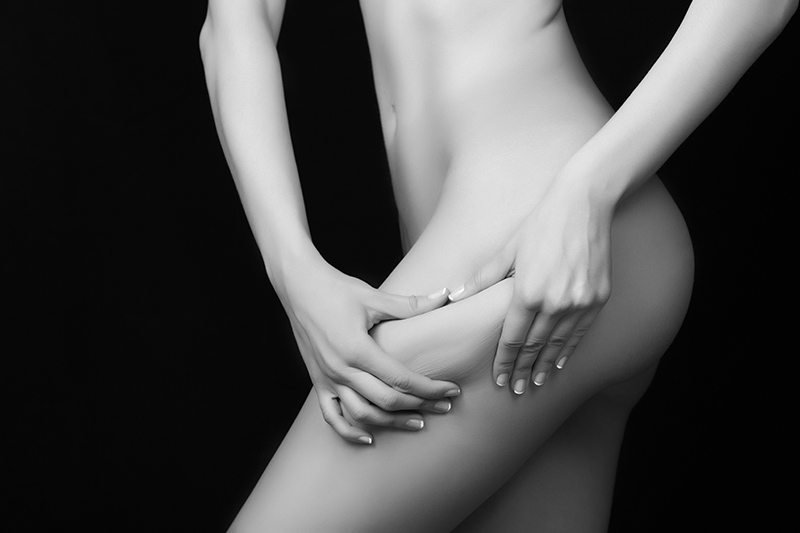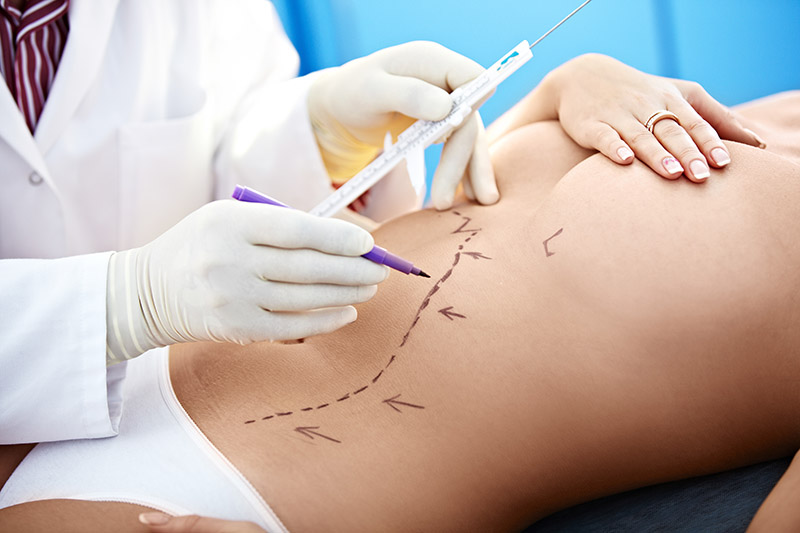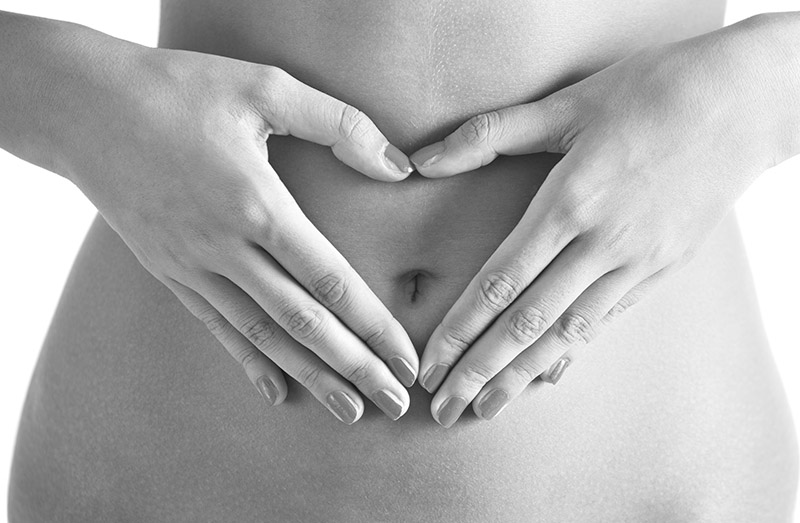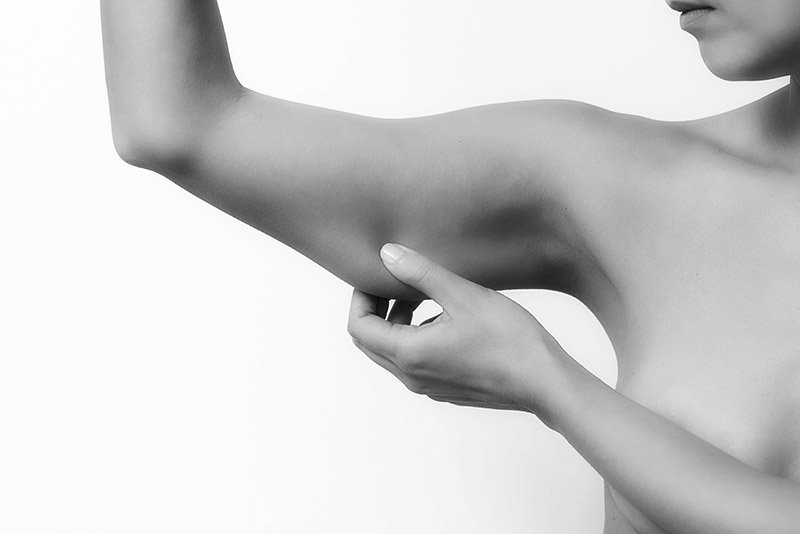Forehead & Brow Lifting
Also known as a forehead lift, a brow lift minimizes the creases that develop across the forehead, or those that occur high on the bridge of the nose; improves what are commonly referred to as frown lines; and repositions a low or sagging brow.
If you are bothered by expression lines or other signs of aging in the brow region, a brow lift may be right for you. A brow lift:
Minimizes the creases that develop across the forehead, or those that occur high on the bridge of the nose, between the eyes,
Improves what are commonly referred to as frown lines, vertical creases that develop between the eyebrows,
Repositions a low or sagging brow that is hooding the upper eyelid,
Raises the eyebrows to a more alert and youthful position,
Rejuvenation procedures typically performed in conjunction with a brow lift include:
Eyelid surgery to rejuvenate aging eyes,
Facelift to correct aging changes in the mid- to lower face and neck regions,
Skin resurfacing techniques,
A brow lift is a highly individualized procedure and you should do it for yourself, not to fulfill someone else’s desires or to try to fit any sort of ideal image. Brow lift surgery is a good option for you if:
You are physically healthy,
You don’t smoke,
You have a positive outlook and specific, but realistic goals in mind for the improvement of your appearance
The success and safety of your brow lift procedure depends very much on your complete candidness during your consultation. You’ll be asked a number of questions about your health, desires and lifestyle.
Be prepared to discuss:
Why you want the surgery, your expectations and desired outcome
Medical conditions, drug allergies and medical treatments
Use of current medications, vitamins, herbal supplements, alcohol, tobacco and drugs
Previous surgeries
Your surgeon may also:
Evaluate your general health status and any pre-existing health conditions or risk factors
Discuss the options available to you for facelift and facial rejuvenation
Examine and measure different parts of your face
Take photographs for your medical record
Discuss your options and recommend a course of treatment
Discuss likely outcomes of a facelift and any risks or potential complications
Prior to surgery, you may be asked to:
Get lab testing or a medical evaluation
Take certain medications or adjust your current medications
Stop smoking well in advance of surgery
Avoid taking aspirin, anti-inflammatory drugs and herbal supplements as they can increase bleeding
Special instructions you receive will cover:
What to do on the night before and morning of surgery
The use of anesthesia during your brow lift
Post-operative care and follow-up
Your plastic surgeon will also discuss where your procedure will be performed. A brow lift may be performed in an accredited office-based surgical center, outpatient or ambulatory surgical center, or a hospital.
You’ll need help
If your brow lift is performed on an outpatient basis, be sure to arrange for someone to drive you to and from surgery and to stay with you for at least the first night following surgery.
The decision to have a brow lift is extremely personal and you’ll have to decide if the benefits will achieve your goals and if the risks and potential complications are acceptable. Your plastic surgeon and/or staff will explain in detail the risks associated with surgery. You will be asked to sign consent forms to ensure that you fully understand the procedure you will undergo and any risks and potential complications.
The risks include:
Unfavorable scarring
Bleeding (hematoma)
Infection
Poor wound healing
Anesthesia risks
Blood clots
Correctable hair loss at the incisions
Elevated hairline
Facial nerve injury with weakness or paralysis
Facial asymmetry
Skin loss
Numbness or other changes in skin sensation or intense itching
Changes in skin sensation
Eye irritation or dryness
Eyelid disorders that involve abnormal position of the upper eyelids (eyelid ptosis), loose eyelid skin, or abnormal laxness of the lower eyelid (ectropion) can coexist with sagging forehead and eyebrow structures; brow lift surgery will not correct these disorders; additional surgery may be required
Fluid accumulation
Pain, which may persist
Skin contour irregularities
Skin discoloration and swelling
Sutures may spontaneously surface through the skin, become visible or produce irritation that require removal
Possibility of revisional surgery

What happens during brow lift surgery?
Step 1 – Anesthesia
Medications are administered for your comfort during the surgical procedure. The choices include intravenous sedation and general anesthesia. Your doctor will recommend the best choice for you.
Step 2 – The incision
A brow lift may sometimes be performed using an endoscope (surgical video device) and special instruments placed through small incisions made within the hairline. This allows the tissue and muscle beneath the skin to be repositioned, altered or removed, correcting the source of visible creases and furrows in the forehead.
Correction of a low-positioned or sagging brow may be made with or without the use of an endoscope through incisions at the temples and in the scalp.
This technique may be done in conjunction with incisions hidden within the natural crease of the upper eyelids to eliminate frown lines between the brows, on or above the bridge of the nose.
An alternative brow lift technique is the coronal brow lift. The coronal brow lift can pinpoint specific regions of the brow to correct. This technique involves an incision from ear to ear, lifting the forehead and removing excess skin from the scalp.
Recovery time is often longer than the endoscopic brow lift due to the size of the incision.
The incision lines from a brow lift are well concealed within the hair or natural contours of the face unless they are placed at the hairline to shorten the forehead. Results appear gradually as swelling and bruising subside to reveal smoother forehead skin and a more youthful, restful appearance.
Step 3 – Closing the incisions
Brow lift incisions typically are closed with:
Removable or absorbable sutures
Skin adhesives
Surgical tape
Special clips
Step 4 – See the results
Brow elevation may be maintained by the use of:
Permanent sutures
Small surgical screws
Absorbable fixation device placed inconspicuously at the temple
When your procedure is completed, your forehead may be taped and your head may be loosely wrapped to minimize swelling and bruising. A thin tube may be present to drain any excess blood or fluid that may collect under the skin.
You will be given specific instructions that may include: How to care for the surgical site, medications to apply or take orally to aid healing and reduce the potential for infection, specific concerns to look for at the surgical site or in overall health, and when to follow up with your plastic surgeon.
Be sure to ask your plastic surgeon specific questions about what you can expect during your individual recovery period.
Where will I be taken after my surgery is complete?
What medication will I be given or prescribed after surgery?
Will I have dressings/bandages after surgery? When will they be removed?
Are stitches removed? When?
When can I resume normal activity and exercise?
When do I return for follow-up care?
Initial wound healing may take 5 to 10 days, at which time any sutures or clips will be removed. You will be ready to return to work and normal activity at this time. Cosmetics can camouflage any bruising that remains.
Healing will continue for several weeks as the swelling dissipates and incision lines refine and fade and it may take several months for your complete recovery. Life-long sun protection will help to maintain your rejuvenated appearance by minimizing photo-aging or sun damage. In addition, a healthy lifestyle will also help extend the results of your rejuvenated, more youthful appearance.

| Question and Thoughts |
| Name – Surname |
| E – Mail |









